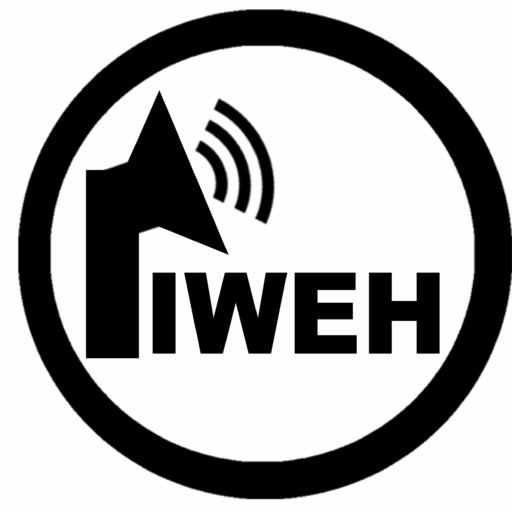|
Getting your Trinity Audio player ready...
|
Snapshot
- What: Day tour combining Ushiku Daibutsu and all-you-can-eat Japanese pear (nashi) picking at an orchard in Ibaraki.
- Who runs it: NAF Atsugi MWR Tours & Travel (the itinerary specifically mentions the Buddha, then an Ibaraki orchard with 60 minutes to pick and eat, and optional purchases at ¥600–¥700/kg).
- When to go: The peak nashi season is from late August to October, with common Ibaraki varieties such as Kosui, Hosui, Akizuki, and Niitaka (known for their large size and firmness).
Getting There & Start of Day
The alarm misfired, and that set the story’s pace: a scramble through the quiet pre-dawn base housing, hustling to the meet point to catch the 5:30 a.m. bus before it rolled. Once aboard, the group settled into that drowsy road-trip quiet as we headed north for Ibaraki.
First stop was Ushiku Daibutsu—the 120-meter standing bronze Buddha rising over spring gardens and ponds. If you’ve not been, it’s worth the awe factor alone; the interior elevator and observation level add an unusual “inside the statue” perspective.
From there, our driver cut across Ibaraki’s flat farmland for about an hour to reach the orchard. The rain arrived in a steady, fine sheet—enough to bead on jackets but not dampen the mood.
Orchard Experience (What It Feels Like)
The path from the bus to the orchard was short but up an incline—noticeable on tired knees. At the top, rows of low-trained pear trees spread out like a green ceiling. This layout isn’t an accident: in Japan, nashi are commonly grown on a flat-topped trellis system (tanashitate/pergola) supported by posts and wires. It keeps heavy fruit low, makes hand work easier, and lets growers net the canopy to keep out birds—exactly what we saw overhead. If you’re tall, expect to stoop between rows.
Because nashi can be large and filling, our guide proposed a shared approach: rather than everyone hauling individual buckets, the group took two buckets total, picking a variety so that everyone could taste the spectrum—softer, ultra-juicy pears and crisper, firmer types. (In Ibaraki, Hosui is renowned for luscious sweetness and juice; Kosui tends to be earlier and crisp; Niitaka can be notably large and firm; Akizuki often balances crunch and sweetness.)
Rain pattered on the mesh while we moved down a lane of low limbs, the fruit speckled and bronze-green. The picking is straightforward: a gentle twist, keeping the stem intact. (Hand work and careful crop-load management are very much part of nashi culture.)
Tasting & Sharing
Back at a small sheltered area, the owners set up cutting boards and showed us how to peel and slice for the best texture (nashi are often eaten chilled and peeled). We worked through the buckets—soft and syrupy, crisp with a clean snap, dense and honeyed—and the rain turned from background noise to atmosphere. The group dynamic worked: tasting side-by-side highlighted the contrasts you might miss if you just ate one variety.
With palates tuned, several of us went back out to pick extra for purchase. Prices matched the tour brief (¥600–¥700/kg), which made it easy to bring home a balanced mix. We also picked up Japanese red and white grapes, each cluster juicy and sweet—a nice add-on to the day’s haul.
What Stood Out (Pros)
- Well-paced itinerary: The Buddha stop adds a cultural wow factor; the orchard provides a hands-on, seasonal payoff.
- Thoughtful group strategy: Sharing two buckets encouraged tasting multiple varieties instead of over-picking one type. (Variety mixing is the best way to appreciate nashi.)
- Authentic farm practice: The low trellis + netting system you walk under is exactly how nashi are commonly grown in Japan.
- Value add: Time to eat what you pick, plus the option to buy more at local market rates.
Things to Know (Cons/Considerations)
- Mobility: There’s a short incline and low branches that require bending; plan footwear and pacing if you have knee issues. (The system is designed low for labor efficiency.)
- Weather: Orchards are netted, not fully enclosed; bring light rain gear—showers are manageable, but you’ll be outside.
- Early start: Tours can depart very early (our coach rolled out at 5:30 a.m.), so be sure to prep snacks, water, and a backup alarm.
Practical Details
- Operator info: NAF Atsugi MWR Tours & Travel for SOFA status or Military retirees (contact and office hours listed on their site).
- Typical inclusions: Transportation, admission to the Buddha, orchard time (~60 minutes, all-you-can-eat), with fruit available for purchase. Itineraries may vary—please check the current listing when booking.
- Seasonal window: Late Aug–Oct is prime for nashi; what’s ripe on the day will shape your tasting lineup.
Verdict
A fun, food-forward day that pairs one of Japan’s most striking monuments with hands-on harvest time. The shared-bucket approach turned a simple PYO stop into a guided tasting of Ibaraki’s nashi spectrum, and the orchard’s trellised, low-canopy rows made the farming story feel tangible. Even with rain and a steep start to the morning, it was absolutely worth it—a tour I’d recommend to families, couples, and food-minded travelers who want to experience Japan’s autumn fruit culture up close.
